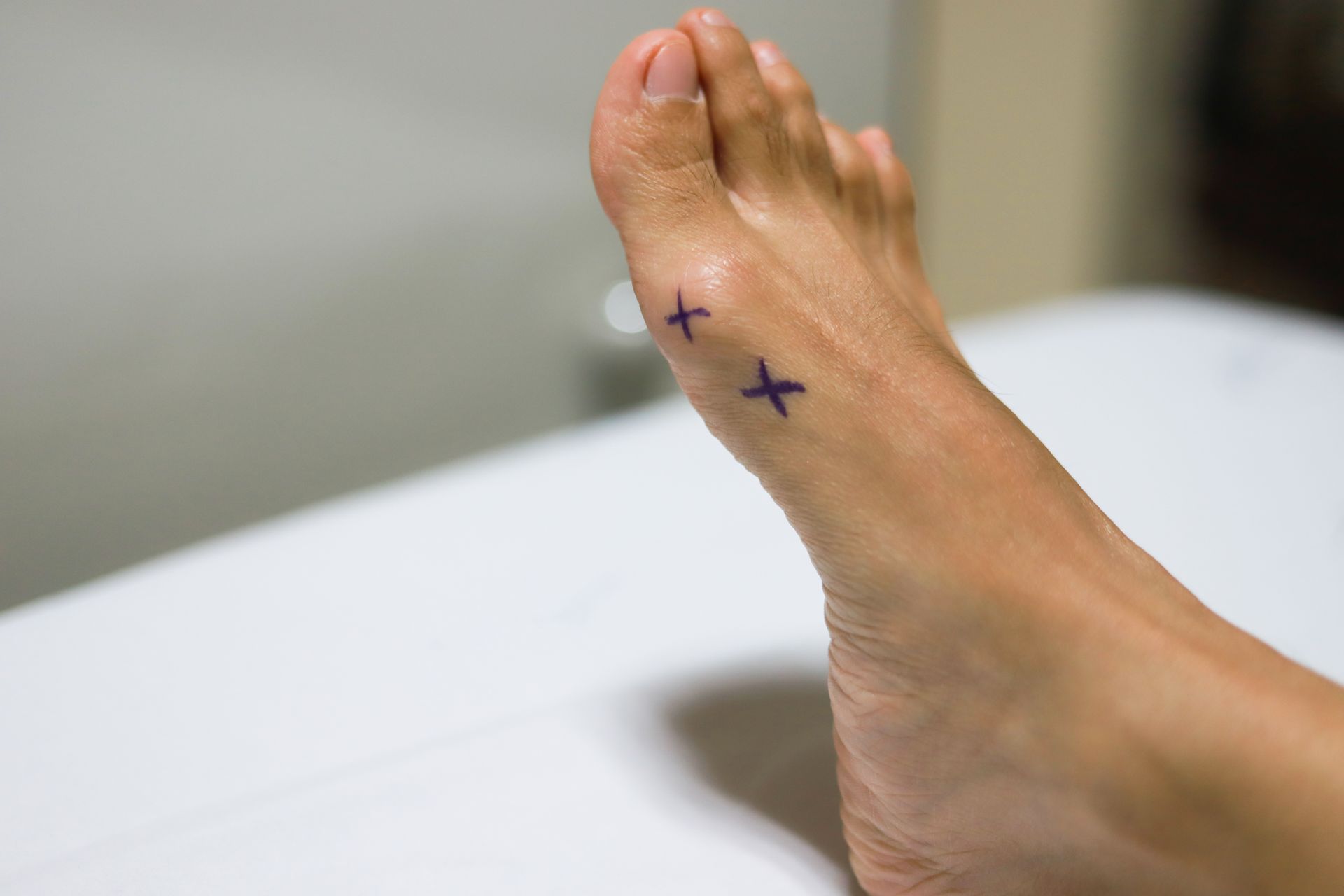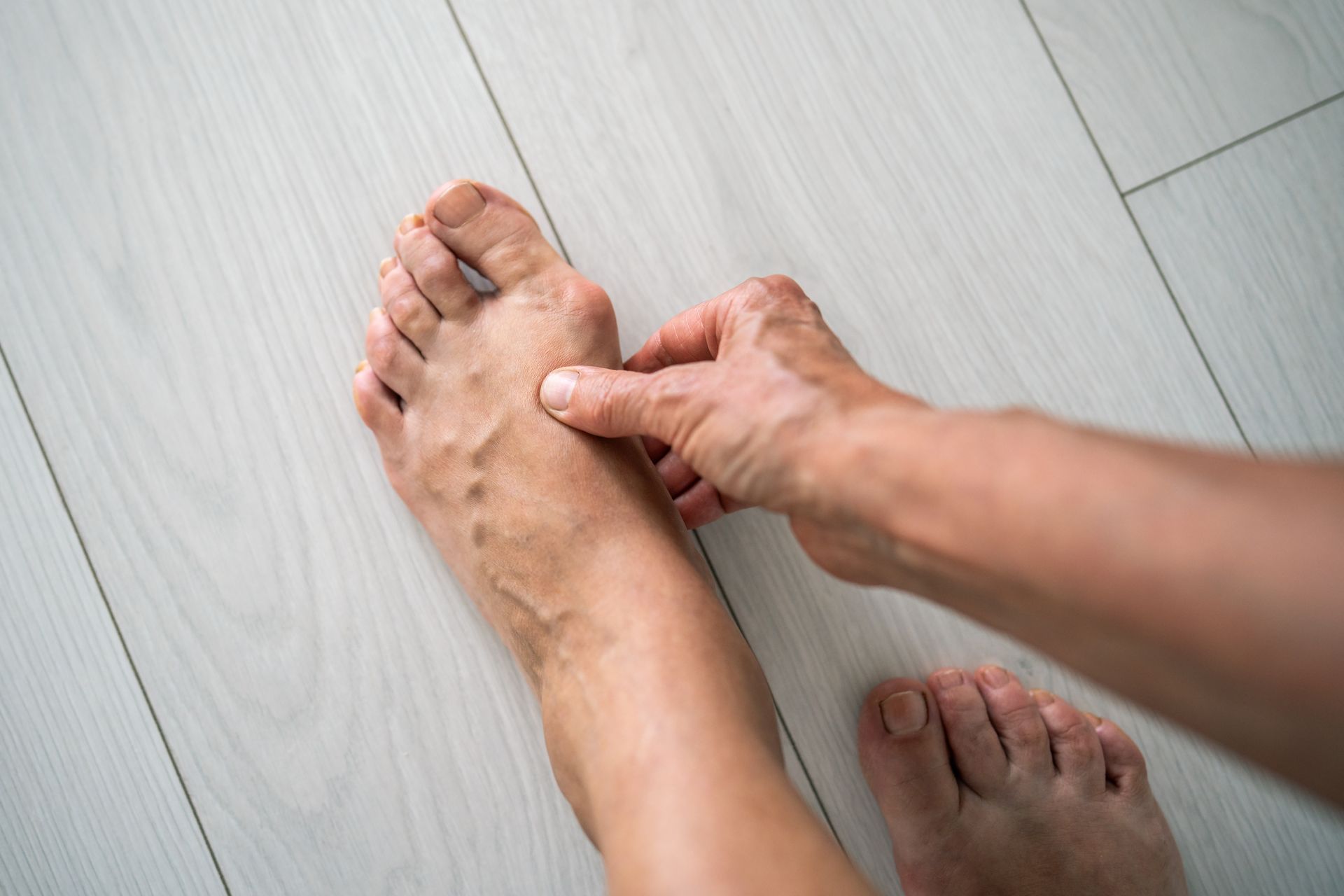Non-Surgical Bunion Relief: 6 Tips for Everyday Foot Comfort
Bunions are a common foot problem that can cause persistent pain and make walking uncomfortable. This bony bump forms when the big toe begins to push inward toward the other toes, often leading to swelling and irritation. While surgery is sometimes needed for severe cases, many people successfully manage their bunions with simple, non-surgical approaches that ease pain and slow progression.
What Causes Bunions?
Understanding what leads to bunions can help you manage and prevent them. Several factors contribute to their development, including:
- Genetics: A family history of bunions increases your risk of developing bunions.
- Footwear: Wearing tight, narrow, or high-heeled shoes can worsen the condition.
- Foot Mechanics: Abnormal foot structures like flat feet or excessive pronation may contribute to bunion formation.
Non-Surgical Treatment Options for Bunions
Non-surgical approaches aim to relieve pain, reduce inflammation, and prevent the bunion from getting worse. Here are some practical strategies you can try:
Proper Footwear for Preventing Bunions
- Choose the Right Shoes: Look for shoes with a wide toe box that provides plenty of space for your toes. Avoid high heels and shoes with narrow or pointed fronts.
- Custom Orthotics: Insoles or orthotic devices can improve arch support, evenly distribute pressure, and enhance overall foot mechanics.
Bunion Padding and Taping
- Bunion Pads: Gel or moleskine pads cushion the bunion, reducing friction and easing pain.
- Taping: Applying tape to the foot can help realign the big toe and relieve stress on the bunion area.
Anti-Inflammatory Measures for Bunions
- Ice Therapy: Applying ice packs to the bunion can help reduce swelling and temporarily numb the pain.
- Pain Relief Medications: Over-the-counter NSAIDs, such as ibuprofen, can help manage inflammation and discomfort.
Physical Therapy and Exercises to Prevent and Treat Bunions
- Stretching and Strengthening: Targeted exercises can improve flexibility and strengthen muscles around the bunion, promoting better alignment.
- Range of Motion: Gentle foot stretches help maintain joint mobility and reduce stiffness.
Night Splints and Toe Separators for Bunion Relief
- Night Splints: These devices hold the big toe in a straighter position while you sleep, thereby reducing pain and slowing the progression of bunions.
- Toe Separators: Wearing toe spacers during the day can help realign toes and prevent rubbing.
Lifestyle Modifications to Prevent and Treat Bunions
- Weight Management: Keeping a healthy weight reduces pressure on your feet and helps prevent bunions from worsening.
- Activity Modifications: Avoid activities that put excessive stress on your feet, such as long periods of standing or running.
When to See a Podiatrist for Bunions
Non-surgical treatments can provide significant relief, but it’s important to seek professional care if:
- The bunion causes severe pain that limits your daily activities.
- You notice swelling, redness, or warmth, which may indicate inflammation or infection.
- Conservative measures don’t relieve your symptoms adequately.
Dr. Patrick Hall and the team at Hall Podiatry can provide personalized care, recommend custom orthotics, and discuss further treatment options if necessary.
If you’re experiencing discomfort or pain from bunions,
schedule an appointment with
Hall Podiatry and begin your journey to lasting relief and better foot health.


